With building costs rising, extreme weather, particularly long cold winters, effecting outside building and the ever growing desire for sustainable living, is it any wonder that the demand for prefabricated building in on the rise.
Prefabricated, or “prefab”, is when entire homes or just elements of a home are built off-site, the building is then assembled on-site either partially or completely. Prefab housing is, at present, becoming more innovative, with companies incorporating sustainability, liveability and durability into their prefab homes.
Prefabrication involves three main types of construction:
- Simple elements: Beams, columns or other parts of a structure that have been manufactured to be easily bolted into place onsite.
- Panelised systems: These are used for walls and include elements such as insulation, utilities, waterproofing and external and internal cladding. These components are designed to allow for rapid assembly and flat pack transportation.
- Volumetric systems: Three dimensional modular objects that comprise the floor, ceiling and wall components for a single room.
Homes can now be built more affordably and efficiently in the factory, by constructing components all under one roof in manufacturing plants, which allows building companies to can have greater control and reduce the house build time from around nine months to less than one. Prefabrication is also ideal; in that it reduces the amount of labour required, brings down cost, allows greater quality control and improves the probability of delivering a project on time. Whilst also delivering up to 40% energy savings and reducing installation times by 30%.
The new generation of prefabricated buildings have lighter and stronger structural components. Therefore, offering opportunities to have high performing thermal and acoustic walls, floors and ceilings by combining durable and sustainable materials into systems.
Prefabrication is also environmentally sustainable, due to upfront planning which means less waste, less re-work and less material in the finished product. Manufacturers can control how waste is processed to maximise recycling – something which is not achievable on conventional construction sites.
The future is bright, the future is prefabricated.

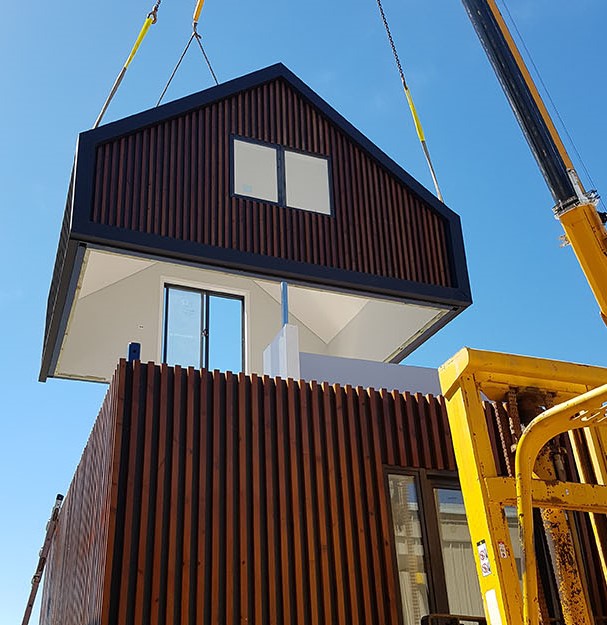
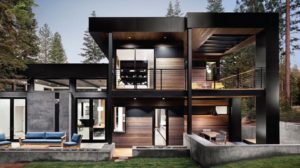
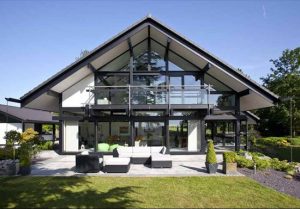
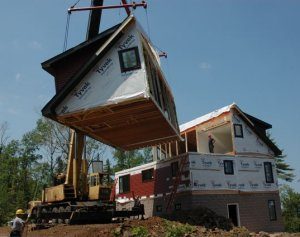
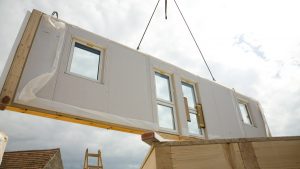
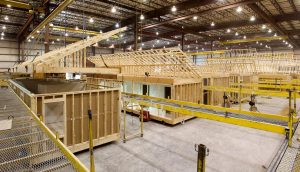
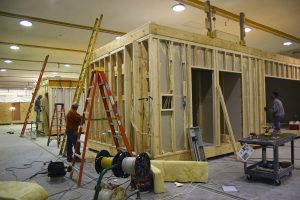
Hello. Many thanks 🙂 Great article.